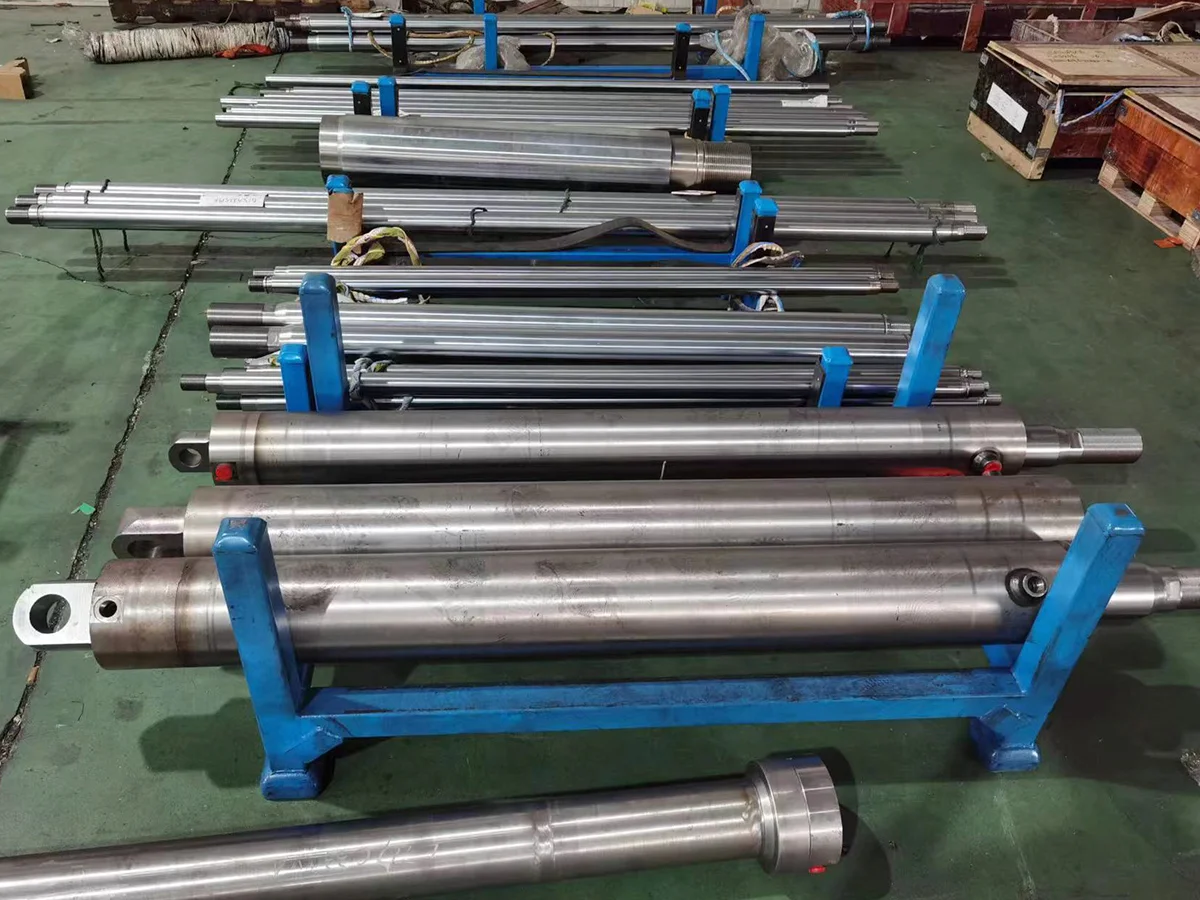Hydraulic systems play a vital role in modern engineering, and in this system, the hydraulic cylinder is a key component that converts hydraulic energy into mechanical energy, and its structure and working principle are particularly important. This article will deeply explore the structural characteristics of tie rod cylinders, as well as their application and working principle in the engineering field.

Tie rod cylinder is a common type of hydraulic cylinder with a unique structural design and many unique features. First, it consists of a housing, piston, piston rod, seals, connecting rods, and other components. Housings are usually made of high-strength metal materials to withstand the high pressures found in hydraulic systems. The piston is the moving part of the hydraulic cylinder, and its sealing and wear resistance plays a vital role in the performance of the hydraulic cylinder. The piston rod is responsible for transmitting the motion force of the piston, and its material and surface treatment have an important impact on the life and performance of the hydraulic cylinder. The seal is a key component to ensure the sealing performance of the hydraulic cylinder. It can effectively prevent the leakage of the hydraulic medium in the hydraulic cylinder, thereby ensuring the normal operation of the hydraulic system. The connecting rod is used to connect the hydraulic cylinder and other mechanical components to transmit hydraulic power.
The structural design of the tie rod cylinder makes it widely used in the engineering field. It is often used in various engineering machinery and equipment, such as excavators, cranes, injection molding machines, etc. Its stable structure and reliable performance enable it to withstand high-intensity working environments and repeated work cycles, thus ensuring the normal operation of construction machinery and equipment. In addition, tie rod cylinder is also widely used in industrial automated production lines. Its efficient working principle and stable performance make it an indispensable component in automated production.
In the hydraulic system, the working principle of the tie rod cylinder is very important. When the hydraulic medium enters the inside of the hydraulic cylinder, the piston is moved by pressure, thereby driving the work of the hydraulic cylinder. The movement of the piston rod is transmitted to other mechanical components, realizing the conversion of hydraulic energy into mechanical energy. The function of the seal ensures that the hydraulic medium inside the hydraulic cylinder will not leak, thereby ensuring the normal operation of the hydraulic system. The structural design and working principle of the tie rod cylinder make it play an indispensable role in the hydraulic system.
In short, a tie rod cylinder is an important component in the hydraulic system, and its structural design and working principle play a vital role in the performance and stability of the hydraulic system. By having an in-depth understanding of the structural characteristics and working principles of tie rod cylinders, we can better understand the working principles of hydraulic systems, thereby providing more reliable technical support for the development and application of the engineering field.
https://www.toringcylinder.com/Analyze-the-structure-and-working-principle-of-tie-rod-cylinder.html








Comments (0)